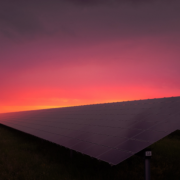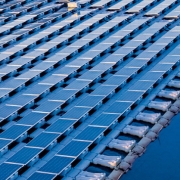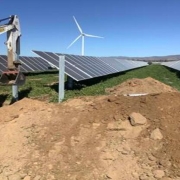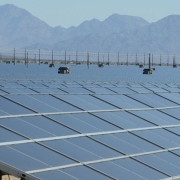So the tortured, lawyerly tomes on whether and how to revamp electricity rates for California’s solar panel owners are in — hundreds upon hundreds of pages of them in a steamy soup of “NBCs on BTM consumption” and ” ACC Plus adder” and “SGIP storage incentive” and “upfront MTC” — and an administrative law judge is wading through them, weighing the future of your electric bill.
This proceeding before California’s all-powerful utility regulator will impact every person who flips a light switch or presses an “on” button in the Golden State.
If you’re one of the vast majority of Californians who do not have solar panels on your roof, it might save you money.
Click here to read the full article
Source: Los Angeles Daily News
—
If you have any questions or thoughts about the topic, feel free to contact us here or leave a comment below.

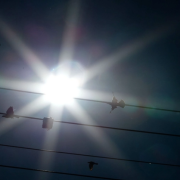
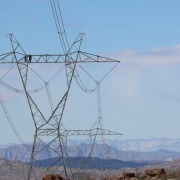

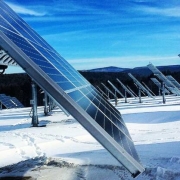
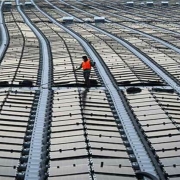
 Panel The Planet
Panel The Planet